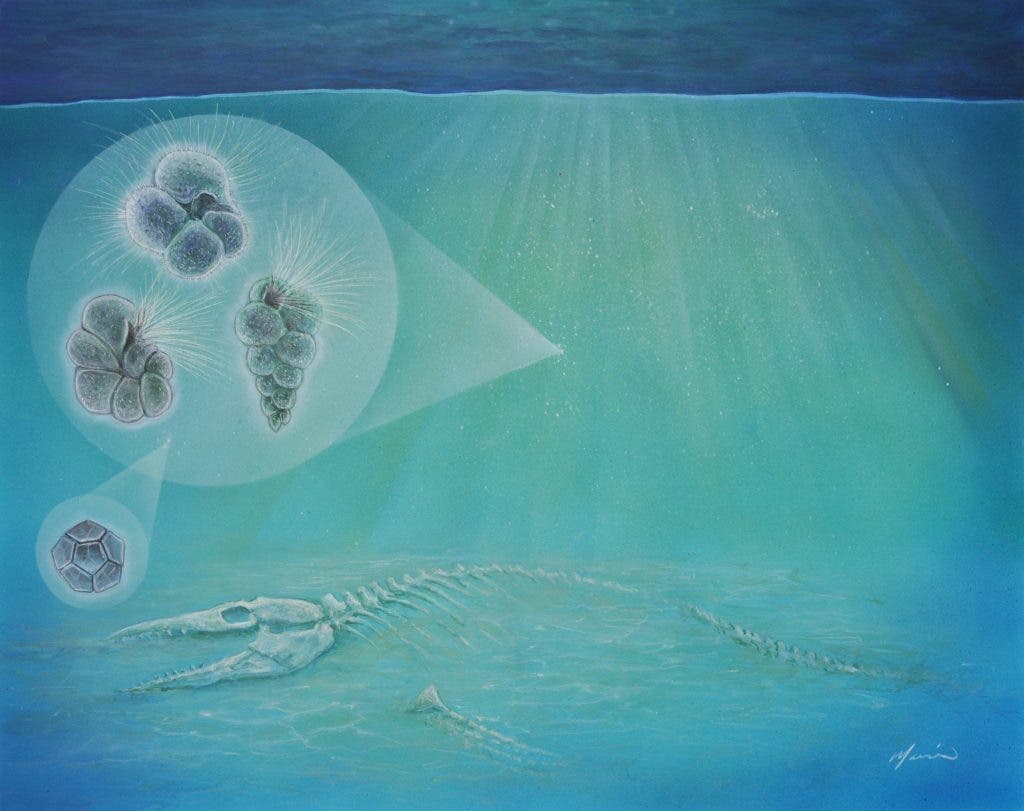Some 66 million years ago, a massive asteroid crashed into the Earth, wiping out the dinosaurs and changing all life on the planet. A new study found that life around the impact site bounced back surprisingly quickly.

During the late 1970s, a team of geophysicists was prospecting the area around the Yucatan Peninsula in Mexico when they made a startling discovery: way beneath the surface, the equipment revealed what appeared to be a dramatic impact crater. After thorough study, the crater turned out to be slightly less than 66 million years old — the missing puzzle piece that explained why the dinosaurs went extinct. They called it Chicxulub, after a nearby town.
Today, we know the Chicxulub event mostly for wiping the dinosaurs, but the impact killed off out 75% of plant and animal species on Earth, striking with the energy with an estimated energy of 10 billion Hiroshima A-bombs. Eventually, life started to recover after the event, but not at the same pace. Generally speaking, the closer to the meteorite impact site, the longer it took to recover. Geologists estimate that it took about 300,000 years in the Gulf of Mexico and the North Atlantic — much slower than in other regions further from the impact crater. There are several theories as to why life recovered slower around the impact crater, including potentially toxic metal seeping from the meteorite.
But a new study challenges that theory and reports that life re-emerged faster than previously believed. Christopher Lowery and colleagues analyzed rock samples drilled up from beneath the crater, tracking variations in micro-fossils after the impact. They also looked at traces of biological activity and the abundance of various elements (such as extra-terrestrially derived helium-3, the flux of which can be used to infer sedimentation rates) — together, all these can be used as a proxy to assess the presence of life at the site.
The results were surprising: mere years after the impact, the first microscopic life forms started appearing. Just 30,000 years later — far faster than other sites farther from the impact — a productive ecosystem was already in place. This strongly suggests that the impact did not delay recovery.
If the impact crater itself would be preventing life from re-emerging, a pattern would have been present around the crater. However, this was not observed, and no such geographic pattern exists, the best explanation for the observed heterogeneity is a combination of ecological factors and ‘chance,’ according to researchers.
This study highlights that we don’t really know much about how life — particularly marine ecosystems — recovers after such a dramatic extinction.
Journal Reference: Lowery et al. Rapid recovery of life at ground zero of the end-Cretaceous mass extinction. https://www.nature.com/articles/s41586-018-0163-6. DOI 10.1038/s41586-018-0163-6






